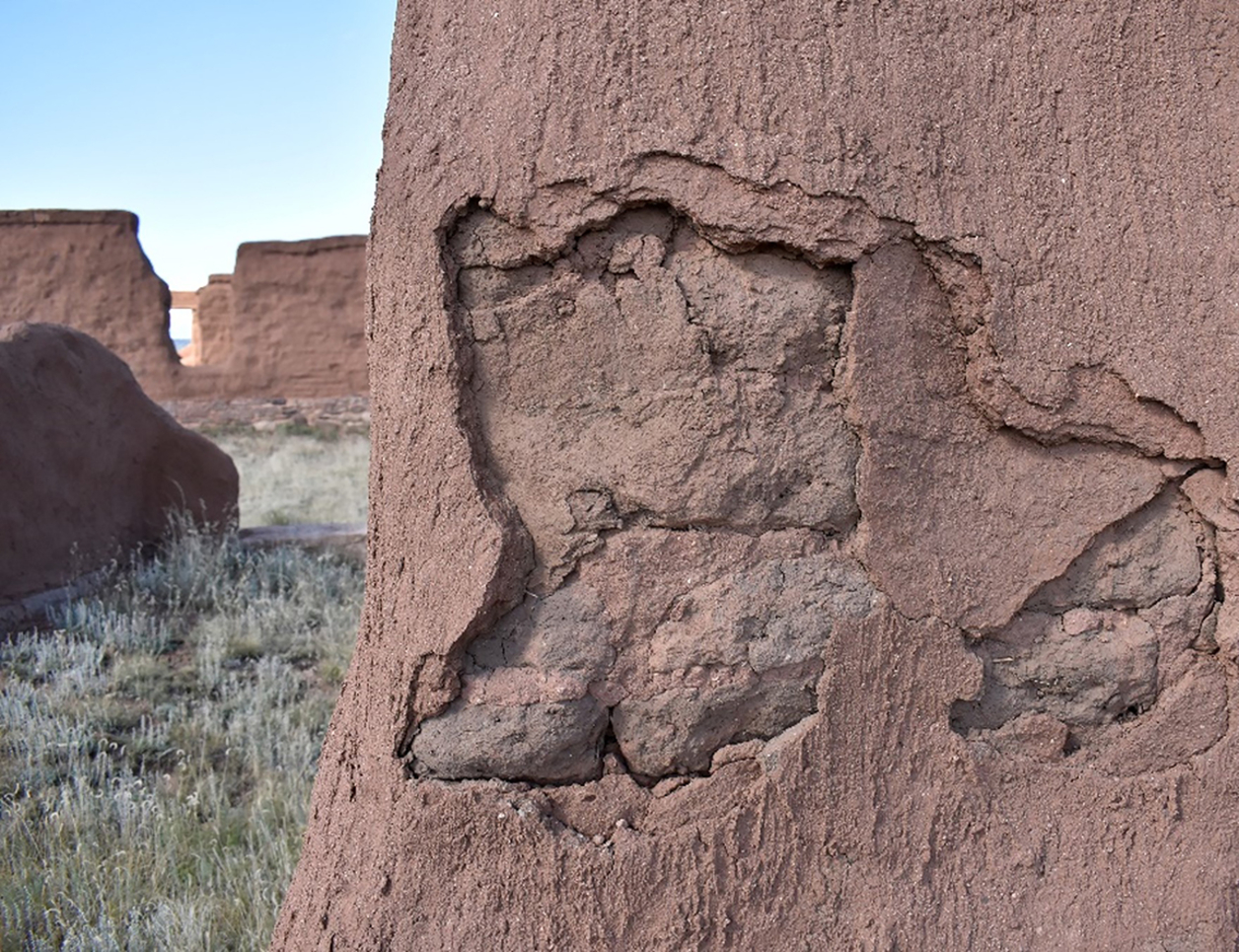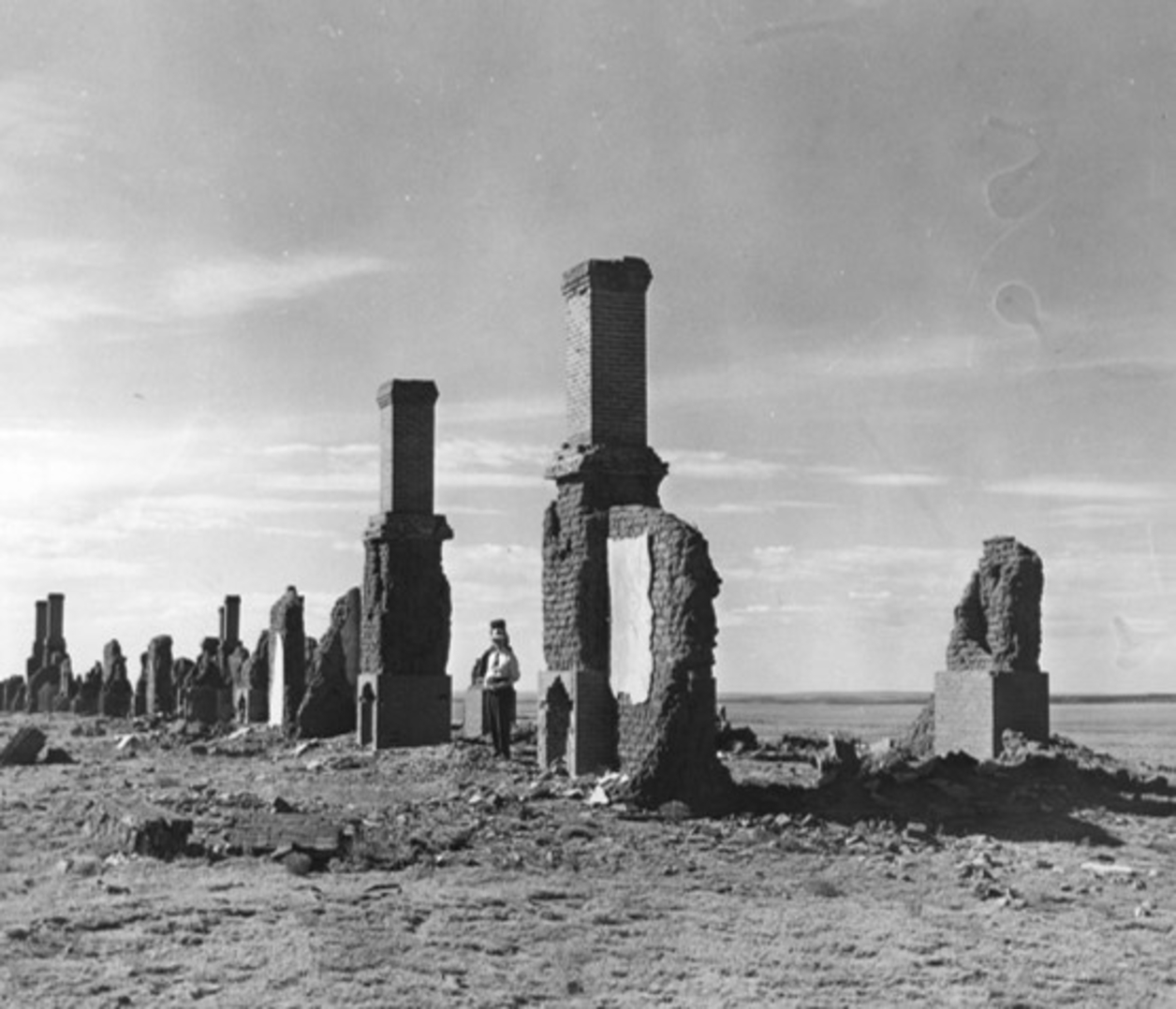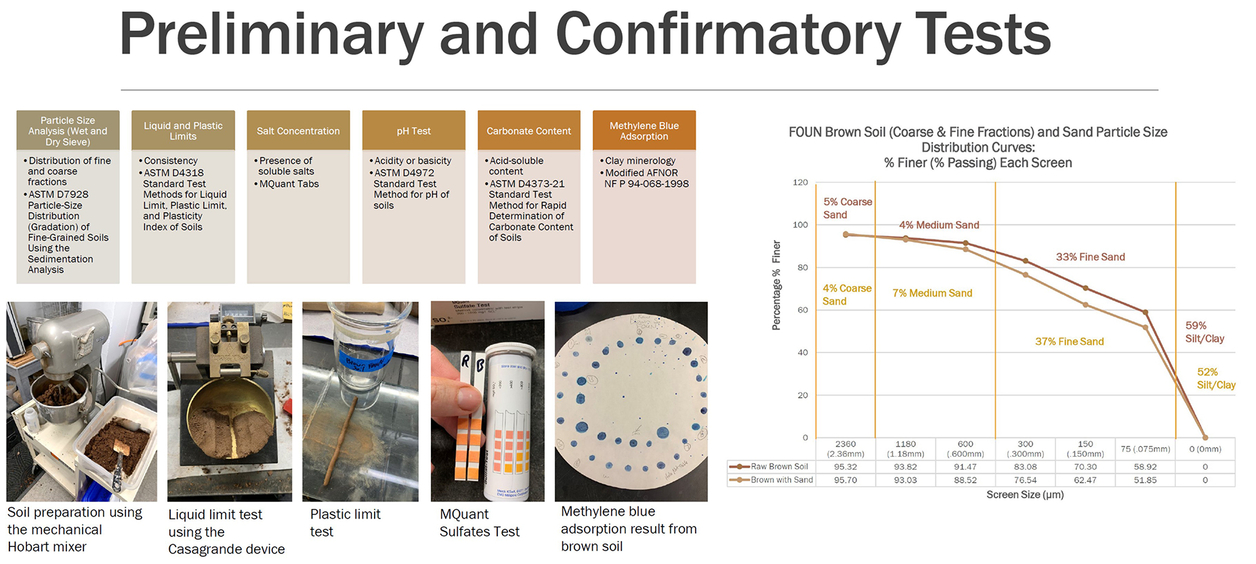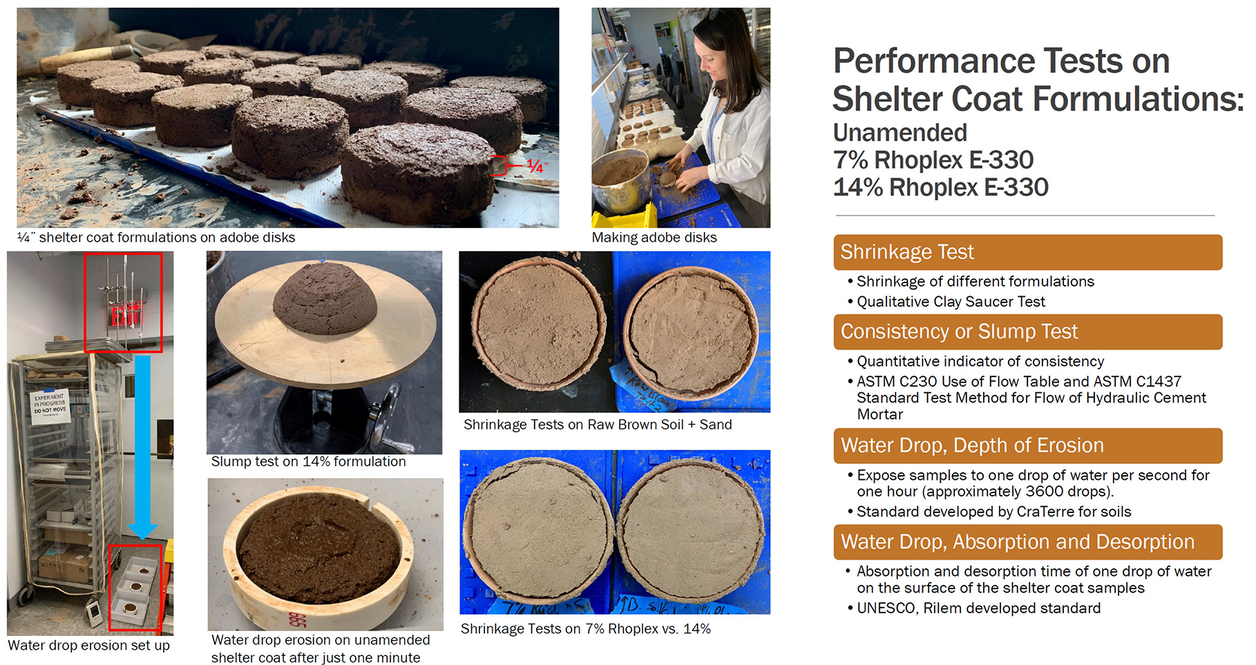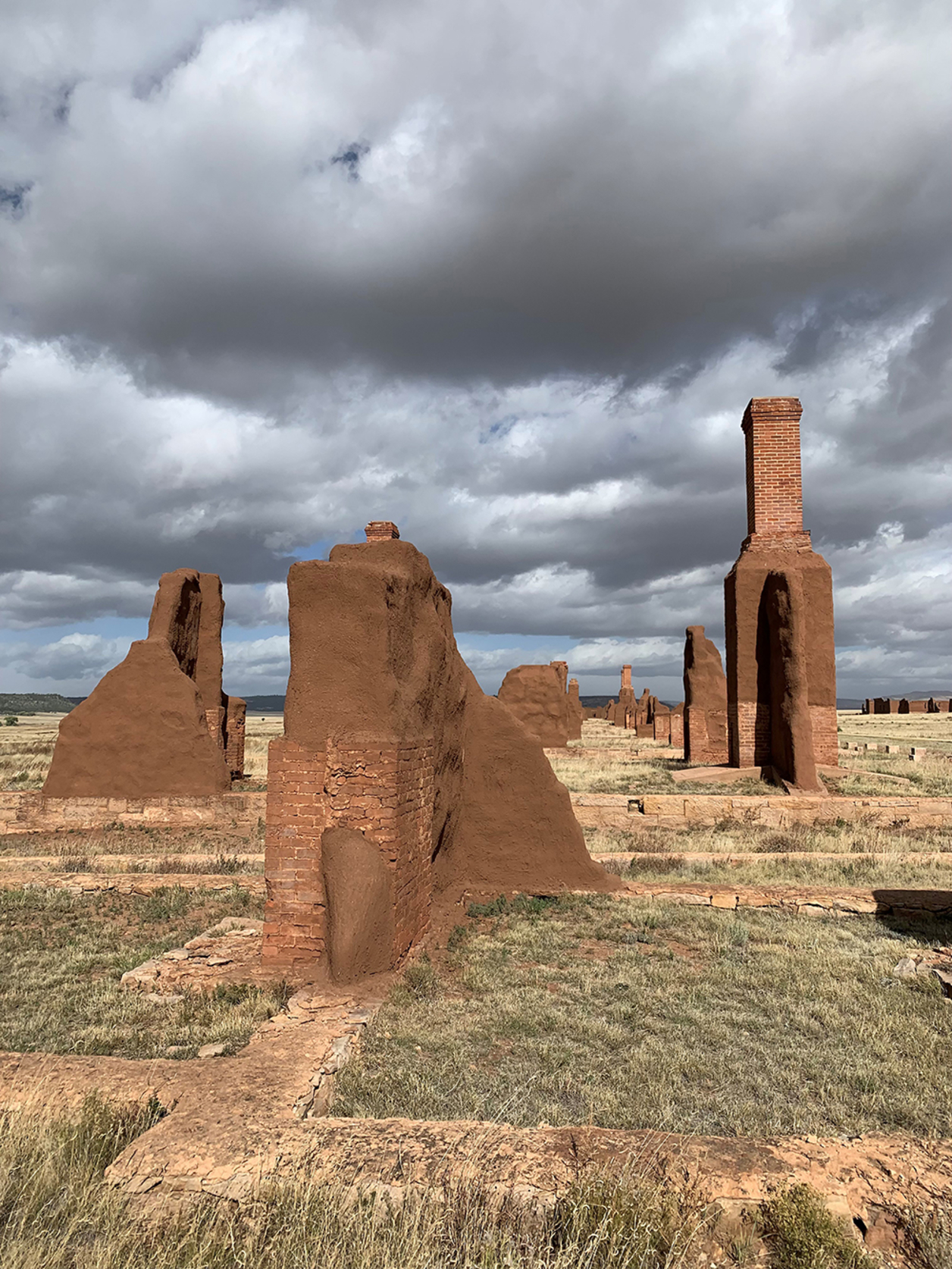Thesis: Alison Cavicchio
Title: An Evaluation of Shelter Coating as a Preventive Conservation Method for Earthen Sites.
Shelter coating is a global practice implemented as one form of protection at earthen sites to reduce surface erosion of adobe. At Fort UnionNational Monument, the largest adobe site in the United States, shelter coating has been used since the 1980s withvarious formulations and application methods. Current shelter coat practicesat Fort Union consist of a two-coat system of an unamended layer of similar composition to the adobes, followed by a second amended mud layer modified with astabilizing agent(Rhoplex™ E-330) to enhance the exterior layer’s water resistance. Localized failures from cracking and loss leaving the original walls exposed and vulnerableandincreasing intensity of precipitation events due to a changing climate all argue for the current study of the practice and formulation of shelter coats at Fort Union.
This thesis aims to examine earthen shelter coats applied as a method of preventive conservation to exposed adobe walls at archaeological or otherwise uninhabited heritage sites, with Fort Union National Monument in Watrous, New Mexico serving as the case study. Established in 1851, Fort Union was a military enclave and trade depot serving the Santa Fe Trail. Adobe served as the primary construction material at Fort Union given its regional availability and low cost. When Fort Union was abandoned in 1891, the adobe walls deteriorated significantly in part due tolocal despoiling which removed protective elements and left the adobe walls exposed to the elements. Fort Union’s “melting” adobe ruins remained unprotected until 1956 when the National Park Service began stabilization efforts.
While formulas and application methods for shelter coats can vary, their performance should satisfy critical optimal properties identified through laboratory and field testing. These optimal properties include good consistency (plasticity), low shrinkage, good adhesion to the substrate (durability), good cohesive strength to resist erosion (durability), low permeability to liquid water, moderate permeability to water-vapor, and comparable color and texture to the substrate. This research identifies and evaluates performance parameters for earthen shelter coats and tests their efficacy in a series of lab-based simulations designed to characterize the soil, and then subject the soil to a series of performance teststo determine their properties. While the soils and amendments tested in this project are specific to Fort Union National Monumentthe methodology can be applied at any earthen site.


